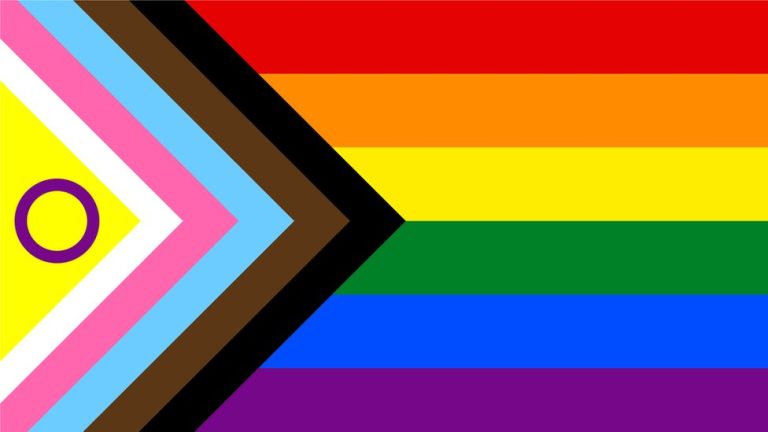In honor of Women’s History Month, I’m going to tell you about Emily Pike. Now known as “everyone’s daughter,” Emily was a 14-year-old girl living in a group home in Mesa, Arizona, when she went missing on January 27th of this year. She was part of the San Carlos Apache Tribe. It would be weeks later, on Valentine’s Day, that her body was found dismembered inside trash bags, left off US Highway 60 outside of Globe, Arizona. Emily’s body wasn’t identified until February 27th. According to Mesa police, there have been many habitual missing person reports from the group home where Emily resided. They said this was Emily’s 4th missing report, suggesting she was a runaway. The prior three incidents were in 2023. Emily’s cousins, all close in age, describe her as a happy, kind, and funny girl who adored Roblox, K-pop, and animals. Emily loved sparkles, the color pink, and she had an infectious smile that easily spread joy.
The Arizona Department of Child Services is required to notify agencies of a reported missing child within a day of receiving notification, but that does not apply to tribal social services. While Mesa police reported Emily missing to the National Crime Information Center on January 27th, it was the responsibility of the group home to notify her family and the San Carlos Apache tribe. Emily’s mother, Steff Dosela, says that she wasn’t made aware of Emily’s being missing until a week after she was last seen. By that time, Emily was likely dead.
“We have to remember, the system, the system failed Emily and has failed so many of our relatives,” said the governor of the Gila River Indian Community, Stephen Roe Lewis.
The Indigenous population faces crime rates that far exceed national averages. Native American women make up a significant percentage of those missing and murdered in our country with a homicide rate ten times higher than the national average. Murder is the third most common cause of death amongst Native American women and girls, according to nativehope.org. Native Americans face a 27% poverty rate that stems back to the Indian Relocation Act of 1956, which led to significant relocation from reservations to urban areas. The Act dissolved federal recognition of most tribes and ended extensive federal funding, making remaining on reservations difficult. Even though the federal government provided some relocation assistance, including vocational training, Native Americans were left living in areas where they faced discrimination and had few work opportunities as a result. Because many Native Americans are living in urban areas, they’re at a disadvantage by not having access to tribal resources or their cultural base. This has led to a break in the system when it comes to jurisdiction, agency communication, and reporting of crime. Indigenous American women are habitually ignored by the system and media, exampled by media providing ample coverage of missing white women and girls but seldom is a spotlight placed upon missing Indigenous women or women of color.
MMIW, or Murdered and Missing Indigenous Women, is a movement that originated in Canada that fights the injustice happening in the Indigenous American and Canadian populations. In many Native American cultures, it is believed that red can be seen by the dead; in the MMIW movement, a red handprint symbolizes a connection between the spiritual and physical worlds. The handprint is often portrayed covering the mouth, representing the silence from lost sisters whose voices now go unheard, the silence from law enforcement and the media, and signifies the subjugation and oppression of Native American women. The related hashtag is #NoMoreStolenSisters.
It is important to note that Indigenous men and boys, while not as likely to be victims as woman and girls, still are victims of crime. Studies indicate that over 80% of Indigenous men are at some point in their life a victim of violent crime. The Urban Indian Health Institute has stated that the youngest MMIW victim was under a year old, and the oldest 83.
MMIW has two very important dates: February 14th is the MMIW National Day of Action and Awareness, where organized marches and demonstrations protest marginalization, discrimination, and violence against Native Americans. May 5th is MMIW Day. People are encouraged to wear red and attend activities and fundraisers to fight against the injustice to Indigenous people.
How ironic, and incredibly sad, that young Emily Pike’s body was found on February 14th, the MMIW National Day of Action and Awareness. Emily was only a child, barely beginning her journey on earth, and is now forever fourteen, lost to this world far too soon.
To learn more about Native American history and the social injustice Indigenous people face in the US and Canada, please visit www.nativehope.org.
Marcella Lewis is Assistant Secretary of PRIDE of Ferry County, published novelist M. Lauryl Lewis, and podcast host of “Social Injustice LET’S TALK ABOUT IT with Marcella.”
In Other News
